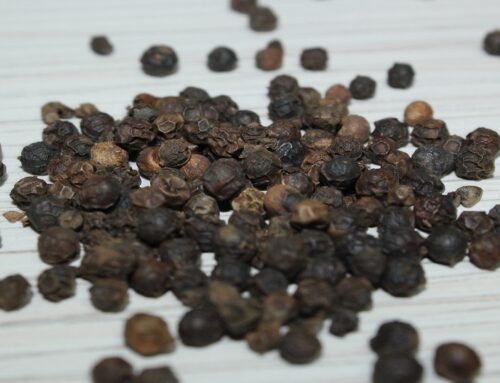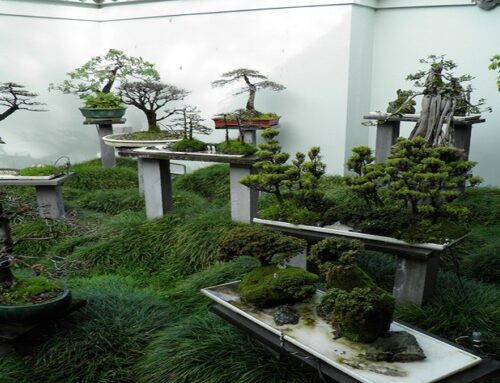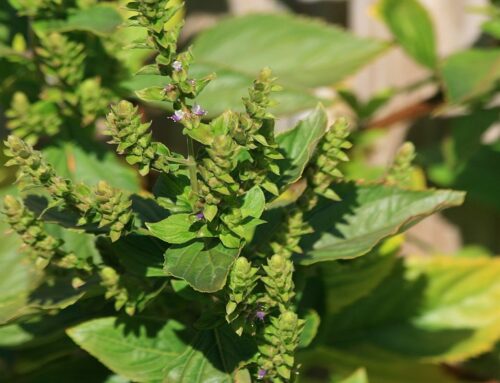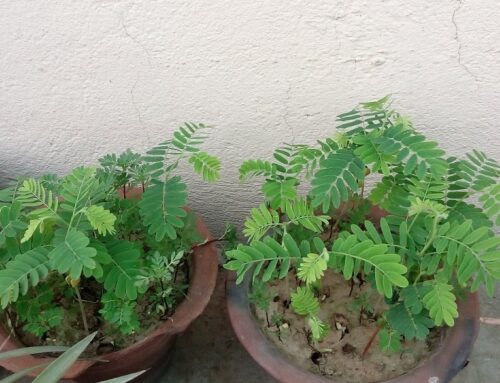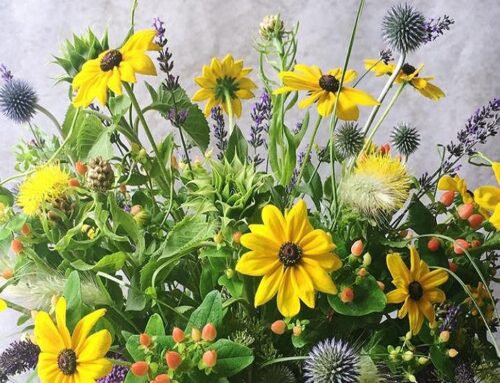First step towards planning a home garden is demarcating an area for garden establishment. You have decided to start a home garden and you have selected a site very near your home for growing your assorted herbs, vegetables, fruit plants and flowers. Now it is time to prepare the garden site. Make sure that garden site is in an open area with abundant sunlight. Garden soil should be rich and fertile with adequate drainage facility. If garden soil is poor, add lots of organic manures, farm yard manure and compost to make it fertile. Garden site should also have a perennial water source or irrigation facility.
Now the total available area should be divided into smaller units based on utility requirements. You may need an area for recreation, and another area for growing vegetables and fruits. You may also wish to raise an herbal garden and a flower garden in smaller areas. So considering all these requirements, the garden area is divided into smaller units. Next step is the preparation of a garden layout.
Layout of the Garden
After preparing the garden site, draw a lay out after considering the total available area for gardening purposes. Layout should show the site where flowers, herbs, vegetables and fruit plants are to be planted. There should be a provision for fence or live hedge surrounding the entire garden. Fruit trees should be planted alongside the fence while shrubs may be planted in front of trees. Vegetables may be planted in north-west side of the house while flowering plants may be planted south-east side. Layout should also show the total number of rows required for planting; distance between two rows; planting distance between two plants within a row; the site for compost pit; the location of irrigational facility or water source; names and numbers of plants to be planted; seasonality of the plants; sowing time, transplanting time and harvesting time of the plants; and the planting pattern or cropping pattern that needs to be followed. Lay out should also provide provisions for garden paths for easy movement within the garden and a small work area or nursery for raising seedlings, cuttings and other planting materials.
There are no standard rules regarding the size and shape of the garden. You may prefer square or rectangular or circular gardens. But rectangular gardens are mostly preferred. Size of the garden may be decided depending upon the size of your family, their spare time and their gardening requirements.
Choosing Vegetables, Fruits, Flowers and Herbs for Home Gardens
Vegetables for Home Garden: Since most of the vegetables are seasonal in nature, you may practice a definite cropping pattern as far as vegetable growing is concerned. Most of the home gardeners adopt ‘winter vegetable-summer vegetable-rainy season vegetable’ pattern. Cabbage, cauliflower, carrots, spinach and beets may be grown during winters while gourds and melons may be grown as summer vegetables. Amaranthus, beans and peas may be grown during rainy season. Some vegetables such as tomato, chillies, and okra may be grown during all seasons. Vegetables that are suitable for your home garden are: Beans, Beets, Broccoli, Cabbage, Carrots, Cauliflower, Cucumber, Gourds, Mustard, Okra, Onions, Spinach, and Tomatoes.
Fruit Plants for Home Garden: You can grow almost all fruit plants in your home garden if you have sufficient space. Fruit plants must be provided with sufficient space in your garden for their healthy root development. Fruits plants are classified into different categories depending upon the nature of their growth. There are herbaceous fruit plants, shrubs that bear edible fruits and fruit trees.
Herbaceous Fruit Plants: Best examples for herbaceous fruit plants are strawberries, papayas and bananas. These fruit plants require less space for their growth and their life span is short as compared to other fruit plants. Most of the herbaceous fruit plants are annuals.
Shrubs That Bear Edible Fruits: Best examples for woody shrubs that bear edible fruits are orange plants, lime and lemon fruit plants, guava, and mulberry plants. These fruit plants require considerable space in your garden for their root growth; yet lesser space as compared to that of trees. These fruit shrubs are perennial in nature.
Fruit Trees: Best examples for big fruit trees are mango trees, coconut trees, and apple trees. Fruit trees are perennial plants.
Best Fruit Plants for Your Home Garden: Some of the best fruit plants that are suitable for your home garden are papaya, different varieties of banana, custard apple, mulberry, mango, guava, pomegranate, different varieties of citrus fruits and strawberry plants.
Annual Flowering Plants for Home Garden: There are a large number of plants to choose from for growing in your home garden. Since it is not possible to grow all these plants together at a time, you may consider utility and aesthetics before selecting appropriate plants for the garden.
A list of popular annual flowering plants are: Ageratum, Alyssum, Amaranthus, Aster, Bachelor Button, Baby’s Breath, Celosia, Coleus, Cosmos, Daisies, Dahlias, Geraniums, Impatiens, Marigolds, Moon¬flower, Morning Glory, Nasturtium, Pansy, Petunia, Salvia, Sun¬flower, Sweet Pea, Vinca, and Zinnias.
Herbs for Home Garden: While selecting herbs for your home garden make sure that selected plant population is a healthy mixture of culinary, medicinal and aromatic herbs. Some of the culinary herbs that you can try in your home garden are rosemary, parsley, oregano and thyme. Among medicinal herbs, you can choose aloe, basil and mint. Some of the aromatic herbs that can be grown in your garden are lemongrass, palmarosa and citronella grass. herbs that are suitable for your home garden are: Aloe, Basil, Catnip, Chives, Citronella Grass, Coriander, Dill, Lavender, Lemon Grass, Mint, Oregano, Palmarosa Grass, Parsley, Patchouli, Rosemary, Sage, Stevia, and Thyme.
Pest and Disease Management in Home Gardens: Good gardening practices eliminate most of the garden pests and diseases. Soil sterilization before planting a garden kills most of the harmful soil microbes. This can be done either by covering the soil with a black polyethylene sheet to build up soil heat or by exposing the soil to the scorching sun. During plant growth, regular hoeing may be done to improve soil aeration. Manual weeding may be done to eliminate weed problems. Removal of dried, dead and rotten plant parts from the garden site eliminates most of the garden problems up to some extent. If garden soil is prone to nematode attack, marigolds, a nematode repellent crop may be cultivated in the garden. In case of serious pests and diseases, biological control methods using beneficial insects may be tried. Constant monitoring of garden helps you identify any outbreak of diseases and pests so that you can take immediate control measures in the beginning itself and thus you can prevent the problems in the initial stage itself.
We have a book on ‘Growing a Home Garden‘….
Check out our publishing services here…
We publish top quality videos on various ‘Food & Agriculture’ topics. You may subscribe our video channel here…


